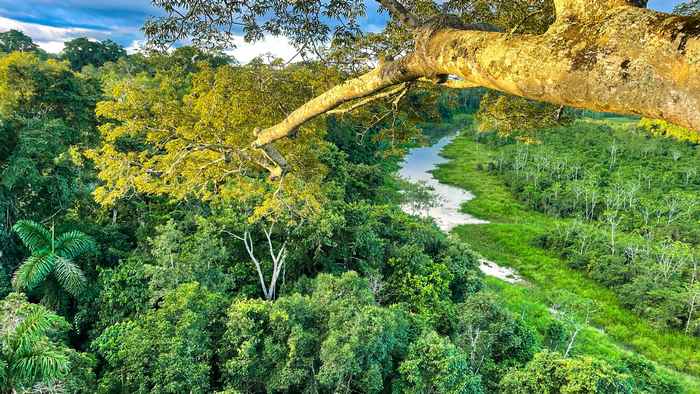Geodiversity, biodiversity and human-environment interactions through space and time

The changing interaction between the biotic and abiotic components of the Earth system shapes the patterns we observe in the world around us. We aim to understand the mechanisms behind ecosystem and landscape function through observing changes across space and through time. We deploy a wide range of approaches including reconstruction of past vegetation dynamics, monitoring and modelling biogeochemical cycles, and the examination of microbial communities within soils. We see developing robust understanding of human's role within the Earth system past and present as critical to anticipating trajectories of future change and facilitating the development of effective environmental management and conservation practices.
Key questions: ·
- How have humans and climate shaped biodiversity patterns?
- How are biogeochemical cycles regulated?
- How do biotic and abiotic interactions vary across spatial and temporal scales?
- How has the human use of the natural environment varied at local, regional and global scales through time?
The research carried out withing ELD is linked with many different educational programs across the University of Amsterdam. In this research theme we have particularly strong links with: